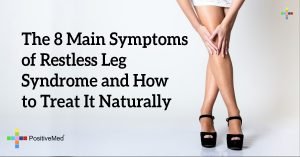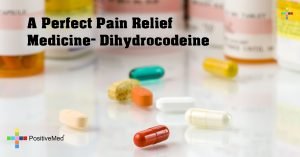
Cheilitis is an inflammation of the lips, typically causing peeling, cracking, and soreness. Angular cheilitis refers specifically to inflammation at the corners of the mouth. Many conditions and factors can precipitate transient or chronic cheilitis, including overexposure to the sun, nutritional deficiencies, allergies, medications, dehydration, diet, and certain systemic diseases. Transient cheilitis typically requires no medical intervention. Treatment for chronic cheilitis depends on the underlying cause.
Chapped lips (cheilitis) are lips that appear dry, scaly, and may have one or more small cracks (fissures). Often, the lips are sensitive, and there may or may not be redness (erythema) and swelling (edema) present. Retinoids (isotretinoin and acitretin) are the most frequent drug-induced causes for chapped lips. Other drugs reported to have induced chapped lips include:
- High doses of vitamin A
- Lithium
- Chemotherapeutic agents (busulfan and actinomycin)
- D-penicillamine
- Isoniazid
- Phenothiazine

Other possible causes of chapped lips include high fevers as well as environmental conditions, such as cold weather, dehydration, and certain vitamin deficiencies. Chapped lips may be seen in people of all ages. However, lip-licking cheilitis is usually seen in 7–15 year olds and is typically seen as a scaling, pink band around the mouth.
The American Academy of Dermatology explains that the lack of oil glands in the lips leaves the skin vulnerable to transient episodes of drying and inflammation. Lip balm protects the lips from the drying effects of the wind, dry air, salty foods, mouth-breathing, and habitual licking of the lips. Lip balm with sunscreen provides the added benefit of protecting the lips from overexposure to the sun. Lip balm will not resolve chronic forms of cheilitis.
Angular cheilitis may develop as a complication of iron deficiency anemia, notes the New Zealand Dermatological Society. In patients with this condition, iron supplementation corrects the underlying anemia, resulting in resolution of the associated angular cheilitis.
Fungal contamination of skin cracks at the corners of the mouth may contribute to persistent angular cheilitis. In a 2005 article published in the “Journal of Family Practice,” Dr. Nadine Skinner and colleagues report that prescription antifungal ointments may aid in the resolution of angular cheilitis.
Chronic sun exposure, such as occurs among people who work outdoors, can lead to inflammatory changes of the lower lip known as actinic or solar cheilitis. Possible signs and symptoms of actinic cheilitis include thinning of the lip skin, swelling, redness, tenderness, lip ulcers, scaling, loss of the line between the edge of the lip and the surrounding skin, white patches and areas of pale or yellowish skin. Actinic cheilitis is a precancerous condition, which may lead to squamous cell carcinoma if left untreated.

Doctors often use laser therapy to destroy the precancerous skin lesions of actinic cheilitis. The Skin Cancer Foundation notes that people taking blood thinners benefit from the absence of bleeding associated with laser treatment compared to surgical intervention. Protecting the lips from additional sun exposure with lip balm containing sunscreen or a hat to shade the face helps prevent recurrence of actinic cheilitis.
Topical 5-fluorouracil is a chemotherapy medication applied to the lips as a treatment for actinic cheilitis. In a 2008 letter to the editor published in “American Family Physician,” Dr. George Larios and colleagues report that topical 5-fluorouracil remains a preferred treatment option for patients with several thin lesions associated with actinic cheilitis. This form of treatment avoids potential disfigurement that may result from more aggressive types of therapy.
Disclaimer: This article is for informative purposes only, and should not be used as a replacement for expert medical advice
What You Should Know About Cheilitis
By Khrystyana Kirton
Edited by Stephanie Dawson
Reviewed by Nima Shei MD
SOURCES:
Lip and Mouth Care, American Academy of Dermatology – Iron Deficiency, WebMD – Actinic Cheilitis, Bye Bye Doctor – Cheilitis Symptoms, Right Diagnosis – Cheilitis, Skin Sight –





